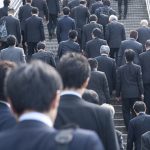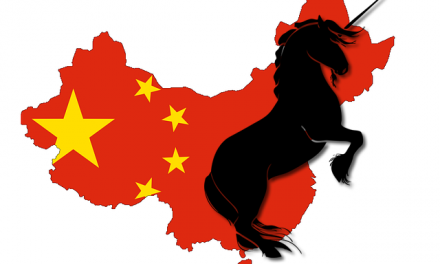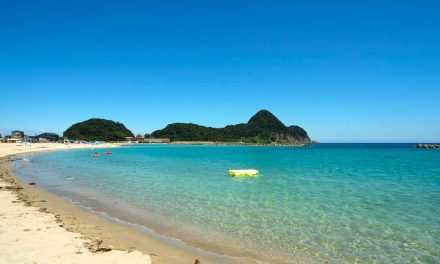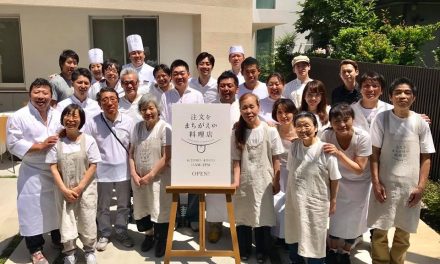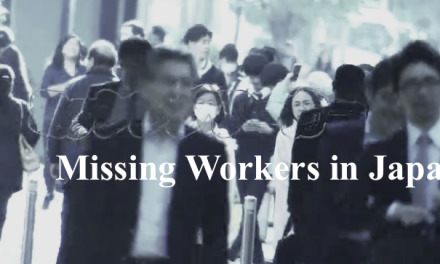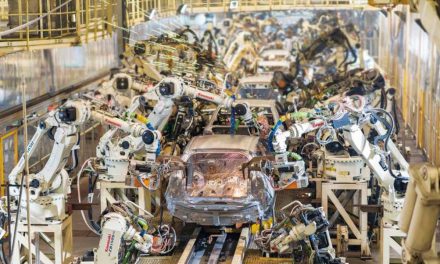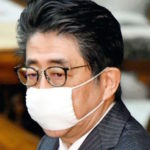
Japan’s Economic Miracle 8
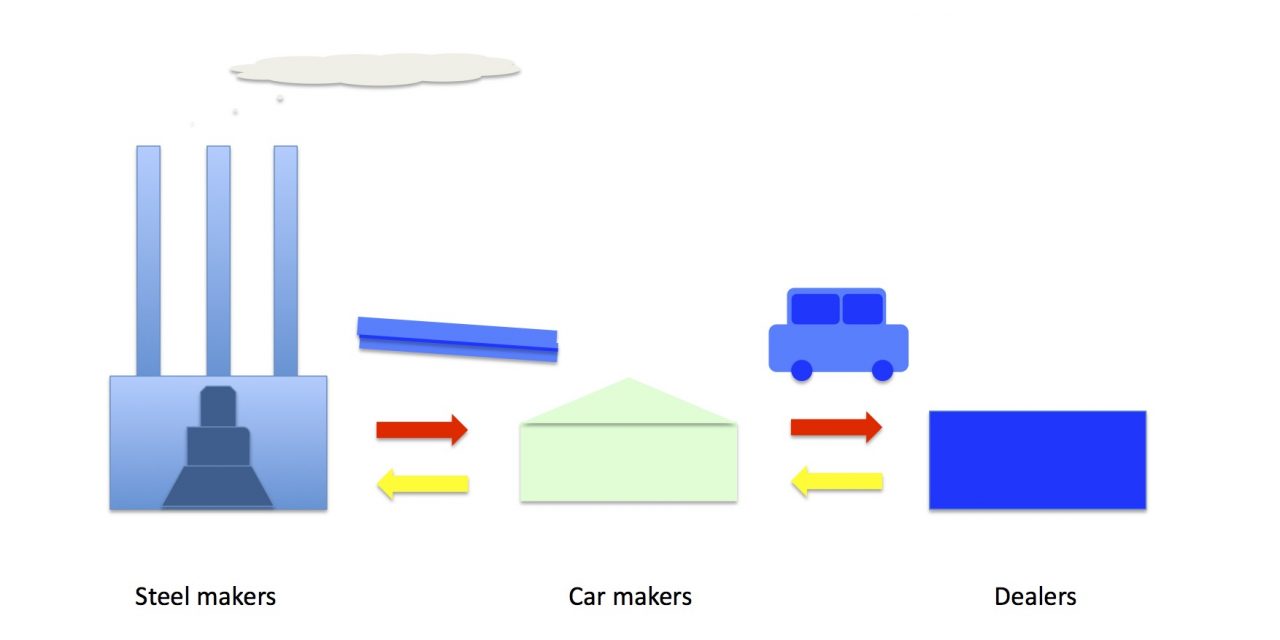
In order for Hayato Ikeda to become prime minister, he was looking for an economic policy which would be able to help him appeal to voters. He found Shimomura’s High-Growth Theory and decided to adopt it for his election policy.
Then, he claimed that he would be able to double income wages in ten years.
The 1st Ikeda Cabinet (1960 July ~)
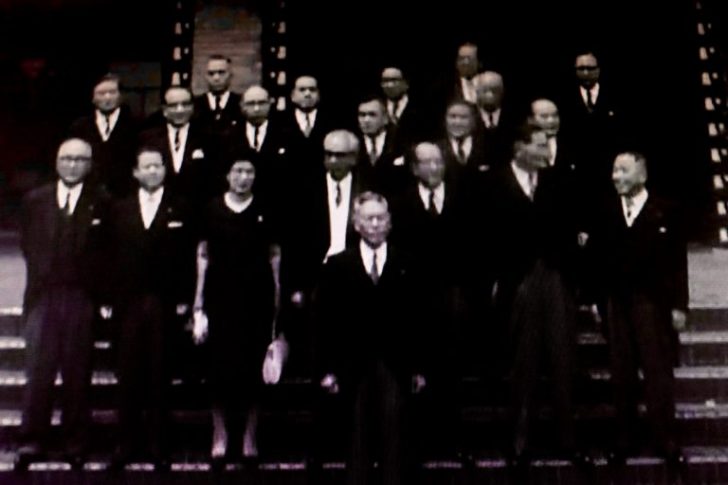
The first Ikeda Cabinet started with the theory of “double income” from 1960.
“If I can’t realize the campaign pledge? Well, I’ll be taking full responsibility for it and stepping down. This is a practical politician.”
Ikeda
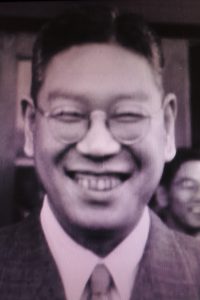
He followed Shimomura’s theory and launched policies which promoted companies to invest in plants and machinery.
He carried out a ¥100 billion tax credit which included corporate tax and income tax. It accounted for 6% of Japan’s revenue.
Moreover, he created a business-friendly environment where companies were able to get loans from banks easily while lowering the rate of bank loans.
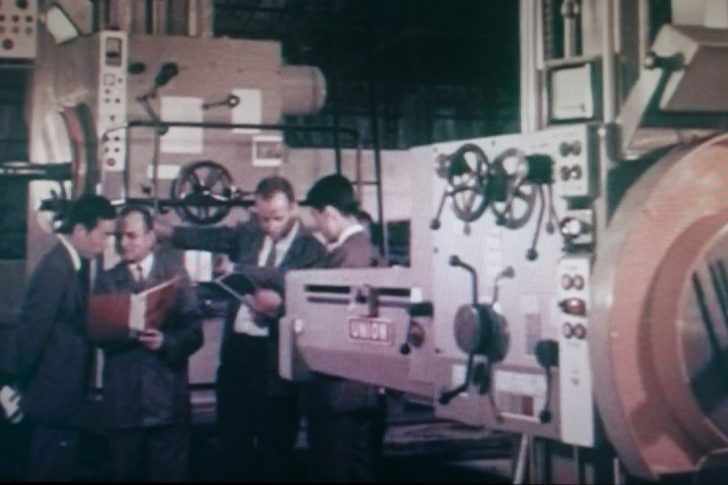
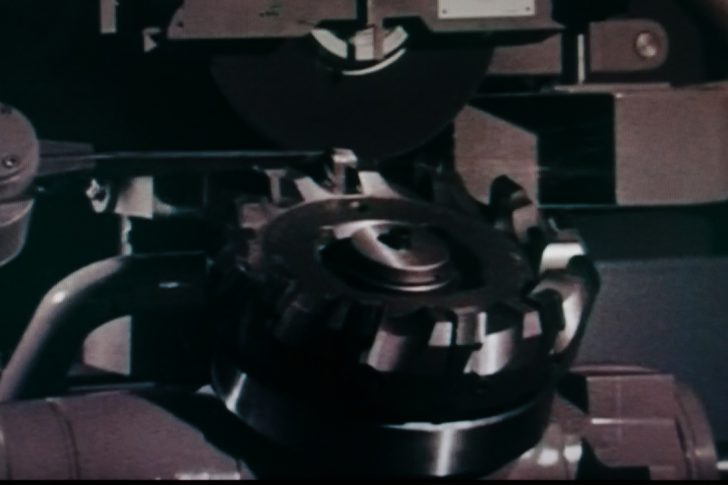
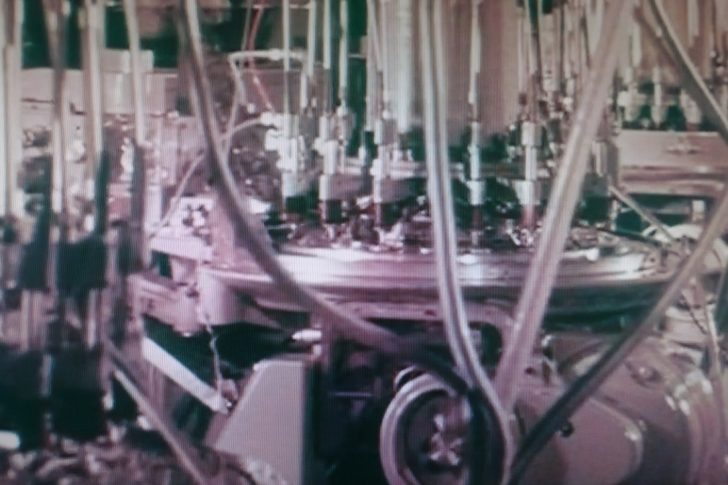
Companies which received financing from banks started to implement capital investments aggressively.
Shoichi Kuroda also decided to invest in large-scale plant and machinery during this period.
“Firstly, I mechanized what people were doing and then, automated the mechanized production lines.” “Back then, banks even said, if your sales does not triple in three years, I’ll consider your company to be falling behind your other competitors. It was an unthinkable age.”
Shoichi Kuroda
———————1 year after Ikeda’s policy ————————
The amount of capital investment:
↗︎ 28% in the whole industry
↗︎ 35% in the automobile industry
And at this time, the greatest luck for Japan’s economy was about to come …
The Phenomenon of “Demographic Bonus”
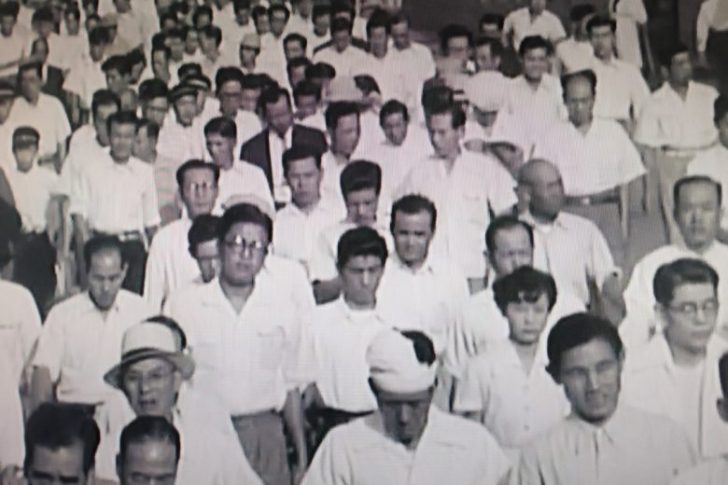
・The rate of increase in the labor force > The rate of increase in population
・The baby boom generation after WW2 had reached the working age
・There were fewer children and elderly people
The population bonus is considered to be a phenomenon which happens only once in a country that is developing.
In those days, people didn’t need to spend a lot of money on raising their children and supporting family members.
Therefore, a large part of people’s income was spent on themselves. People’s strong desire of consumption swallowed mass-produced goods and their savings were changed to companies’ capital investment through banks.
A significant increase in production of manufacturers and the gigantic domestic market were leading the country to accelerate its growth.
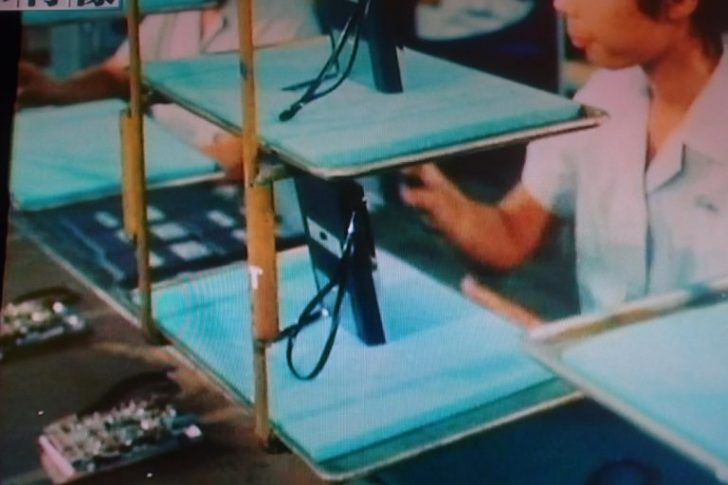

Growth in the economy: Companies continued to realize mass-production and decrease in cost with their unstoppable technological innovations while being criticized that it was nothing more than the imitation of what Western countries had done.
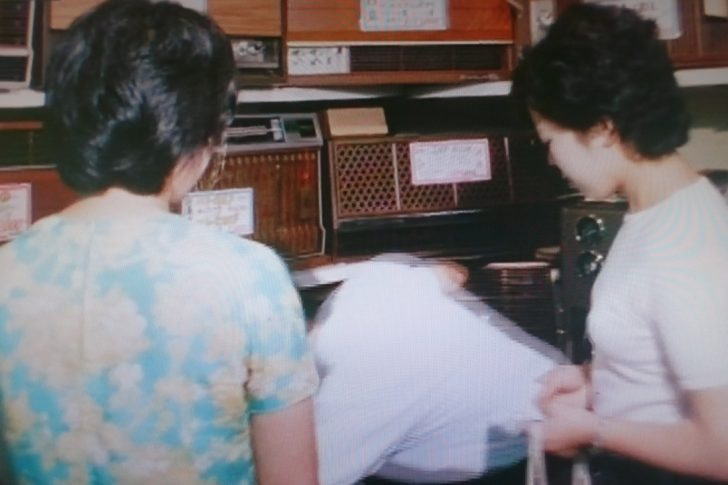

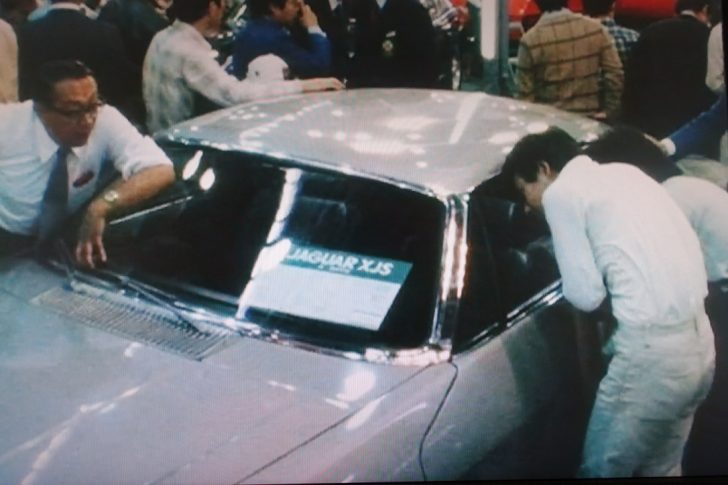
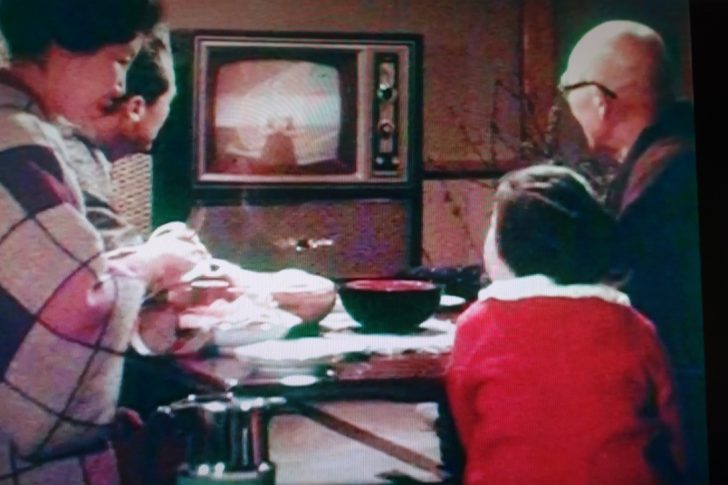
Consumers were happy because their only worries were what to buy next. This was because of their yearly increased salary. (Fu**ing amazing!!)
Household prevalence of TV became almost 100%, double of what it used to be. Also, a fourth of Japanese family owned a car which wasn’t common before the Second World War.
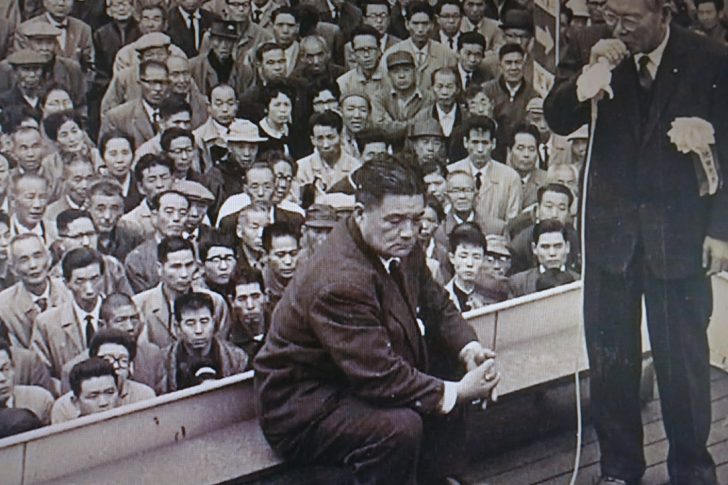
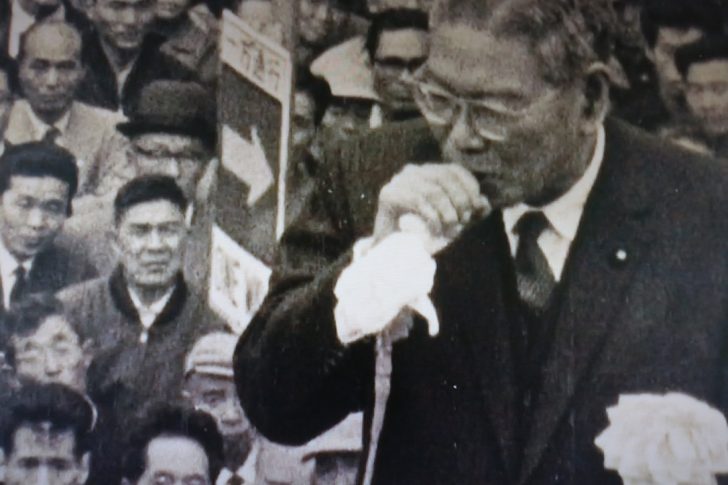
People were excited to hear Ikea’s speech. The Prime Minister Hayato Ikeda continued to raise people’s enthusiasm to become rich.
“For Japanese, who is the most diligent and smartest in the world, making our income double within 10 years in this laissez faire (free economy) isn’t a heavy task. Where have we been able to find energy, vitality, and imagination as great as yours in the rest of the world? We can’t continue to be an under developed country. To those of you, let’s go forward together.”
Hayato Ikeda
To be continued …
Sponsored Link




